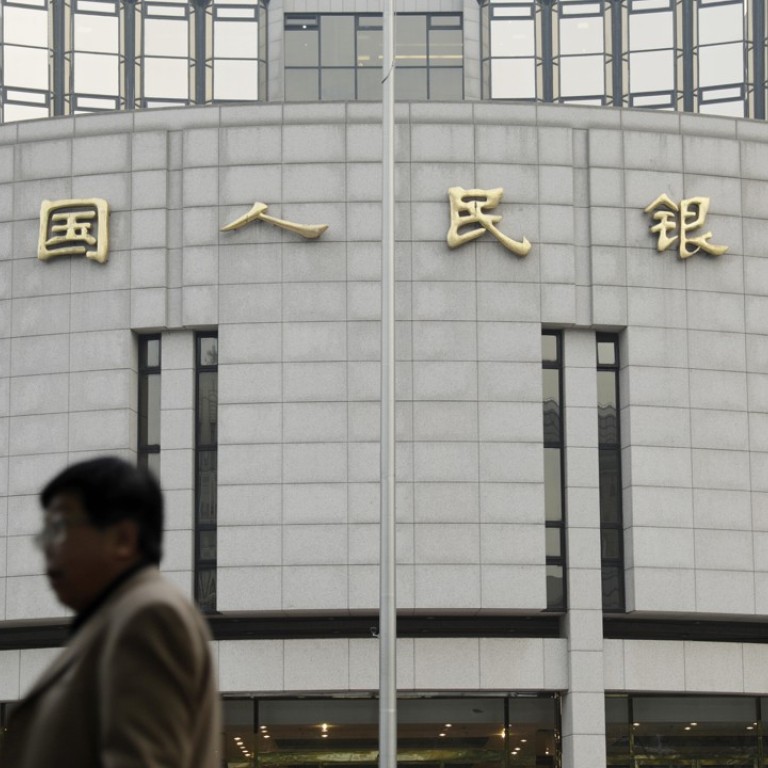
China cuts deposit reserve rate for first time in 26 months to unleash cash
Reserve requirement ratio will be cut by one percentage point from April 25, People’s Bank of China says
China’s central bank announced on Tuesday that it would cut the amount of cash that most banks are required to hold in reserve – the first reduction since February 2016 – to release cash into the banking system.
Although the bulk of the cash will be used to repay loans from the central bank, the use of the required reserve ratio may indicate new thinking at the People’s Bank of China under its new leadership team.
A conditional cut was announced in September if banks met certain requirements in terms of lending to small businesses and rural areas.
Tuesday’s cut tookplace at a time when a major source of liquidity in China, namely capital inflows, was drying up – partly because the US Federal Reserve is raising rates and China’s trade surplus is shrinking.
“This may start a sustained period of relative monetary easing [in China],” Yang Weixiao, an economist with Founder Securities, a local brokerage, wrote in a note after the move.
The unexpected move came after official data released earlier on Tuesday showed that China’s economy had grown at 6.8 per cent in the first quarter.
However, the economy now faces the twin threat of an investment slowdown at home and a trade war with the US.
In a statement on its website, China’s central bank said it will cut the reserve requirement ratio – currently 17 per cent for large institutions and 15 per cent for smaller banks – by one percentage point. The ratio is defined as the percentage of deposits a commercial bank must put aside at the central bank.
The cut will be effective from April 25 and apply to most banks, with the exception of policy lenders such as China Development Bank.
Alicia Garcia Herrero, the chief economist for Asia-Pacific at Natixis, noted that the move represented a relaxation in Chinese monetary policy “both in terms of quantities and rates” as more expensive sources of short-term funding were replaced by cheaper ones.
“This could be partly explained by a more challenging external environment due to rising tension between China and the US,” she wrote in a note.
The PBOC said in a statement that it would continue to implement a stable and neutral monetary policy.
The one-point cut could release about 1.3 trillion yuan (US$200 billion) additional liquidity into the banking system, but about 900 billion of the released funds will be used to repay central bank loans – resulting in a net injection of 400 billion yuan funds for Chinese banks.
The PBOC said it would require financial institutions to use the extra funding to provide loans to small and micro companies, adding that this would be included as a requirement in its macroprudential assessment for banks.
Banks affected include large commercial banks, joint-stock commercial banks, city commercial banks, non-county-level rural commercial banks and foreign banks.
Jiang Chao, chief economist at Haitong Securities, said the cut in the deposit reserve ratio marked a change in how China operates its monetary policy.
The central bank has been resisting such a move over the last two years due to concerns that doing so might send a strong easing signal to cause depreciation pressure on the yuan.
“Now the yuan’s exchange rate is stable, so injecting long-term funding via cutting RRR … could help keep liquidity stable in the market,” Jiang wrote in a note.
Anne Stevenson Yang, a co-founder and research director at US-based J Capital Research, said the move “was part of the story of moving money back to the banks where regulators believe they have tighter control”.


